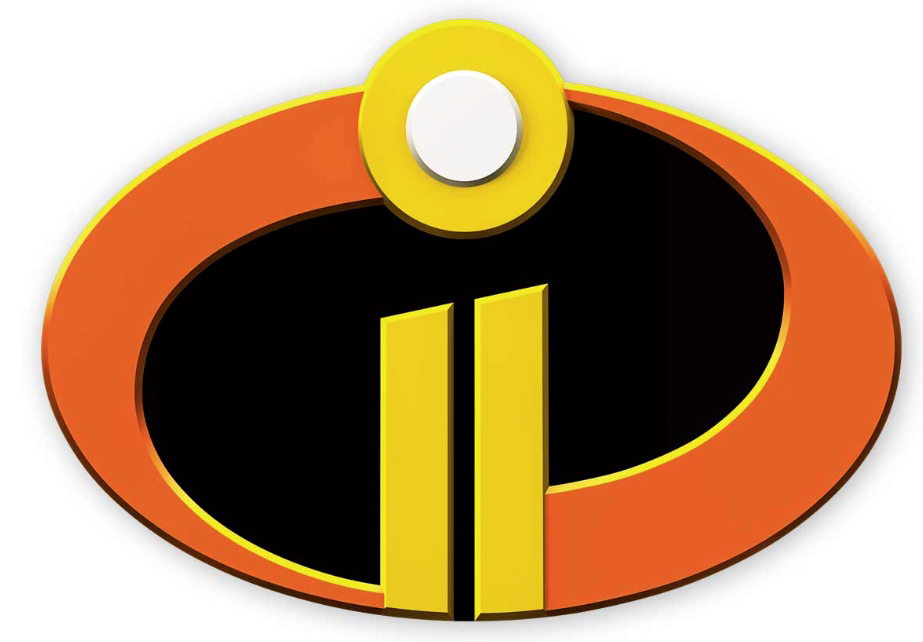Former Vizzers help create Pixar’s smash cinema hit ‘Incredibles 2’
Twenty-five former Texas A&M [visualization] (http://viz.arch.tamu.edu/) students, or Vizzers, were part of the [Pixar Animation Studios] (https://www.pixar.com/#pixar-home) team that returned a famous crime fighting superhero family to the big screen in “Incredibles 2,” smashing the opening-weekend box office record for animated films and delighting critics with mastery of technical wizardry and character development.
Contributing a wide range of talents to the movie, the Pixar Vizzers worked in shading, lighting, rendering, rigging and other specialized roles combining computer science know-how with artistic talent — skills initially honed as students at Texas A&M’s Visualization Laboratory.
Their efforts earned widespread critical acclaim.
The film’s animation, said NPR critic Glen Weldon, is richly textured, nuanced and realistic.
“The characters’ gestures and facial expressions attain a degree of breathtaking subtlety,” he said, adding that the movie’s action sequences are amazing and fantastically inventive.
Animation technology has advanced quite a bit since the “ [The Incredibles] (https://www.pixar.com/feature-films/the-incredibles/#the-incredibles-main) ” burst onto movie screens 14 years ago, said the new film’s supervising animator Dave Mullins.
The studio’s animators rose to the challenge of rendering characters that literally defy physics, a runaway bullet train, a shape-shifting motorcycle, and many other visual wonders.
“We’re able to do things now that we couldn’t do back then,” he said.
In “Incredibles 2,” superhero mom Helen, aka Elastigirl, is in the spotlight, leaving her husband at home to navigate the day-to-day challenges of raising three children, including newborn Jack-Jack — whose dad is unaware of the child’s emerging superpowers.
After a new villain hatches a brilliant, dangerous plan, the family and its superhero collaborator Frozone have to find a way to save the world.
Vizzers who worked on Pixar’s latest opus include:
- Eric Andraos – set shading artist
- David Batte – motion graphics technical lead
- Jacob Brooks – simulation technical artist
- Don Bui – lighting artist
- Michael Catalano – effects artist
- Chris Chapman - effects artist
- Charu Clark – lighting artist
- Sarah Beth Eisinger – effects artist
- Donald Fong – character tailoring artist
- Robert Graf – rendering technical directors
- Kim Ross James – consumer products, interactive & publishing
- Patrick James – international technical team member
- Jacy Johnson – editorial coordinator
- Jonathan Kiker – promotional animation
- Keith Klohn – effects artist
- Laura Murphy – set extension artist
- Jonathan Penney – rendering lead
- Angelique Reisch – lighting artist
- Vandana Sahrawat – lighting artist
- William Sheffler – character modeling and articulation artist
- Kevin Singleton – character modeling and articulation artist
- David Verona – lightspeed technical director
- Christina Garcia Weiland – sets modeling and dressing artist
- Jesse Weglein - marketing
- Clay Welch - marketing
Since 1989, the visualization program at Texas A&M has provided a steady stream of aspirants for the burgeoning field of digital and electronic visualization. Over the years, many of the world’s most celebrated animation and special effects studios have partnered with the program, providing scholarships, academic advice and regularly supplying visiting industry professionals who work with students on special projects.
This summer, for instance, pros from Pixar are working with graduate vizzers to create animated film shorts as part of the department’s annual summer industry course. Previous summer courses have featured tutelage from industry professionals at Disney, Industrial Light and Magic, DreamWorks, and others.
Visualization graduates have achieved success as creative directors, computer animators, university professors and software designers, with the majority working in the animation, visual effects and electronic gaming industries.
Now nearing its 30th anniversary, the Texas A&M visualization program offers two Master of Visualization degrees, one in science and one in fine arts, as well as an undergraduate degree, the Bachelor of Science in Visualization. The programs are administered by the Department of Visualization in the Texas A&M College of Architecture.
The department nurtures a unique, synergetic studio environment combining academic rigor with creativity, fun, camaraderie and collaborative problem solving.
Richard NIra
rnira@arch.tamu.edu
Tags
- archone gallery
- art
- class acts
- coa gallery
- partnerships
- rss
- technology
- video
- visualization
- viz gallery
Related Posts

‘Toy Story 4’ brought to life by former viz contributors
Grad vizzers create films with guidance from DreamWorks

Film's time-traveling turkeys created by former Vizzers
Texas A&M ranked with top animation schools in nation

Chillennium '17 breaks Guinness World Record
Follow Us
Facebook Twitter Vimeo Youtube Flickr RSS
Recent Posts

Planning prof heads study of disaster housing aid

A message from the dean

Former student remembered as expert planner

Leading educator named new head of Architecture Dept.





_thumbnail_small.png)
